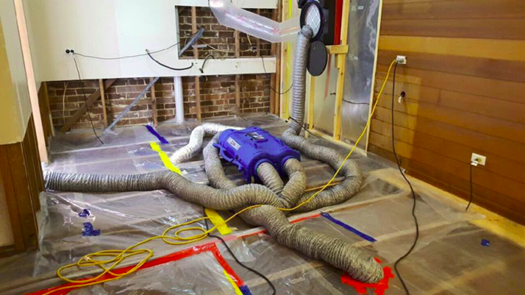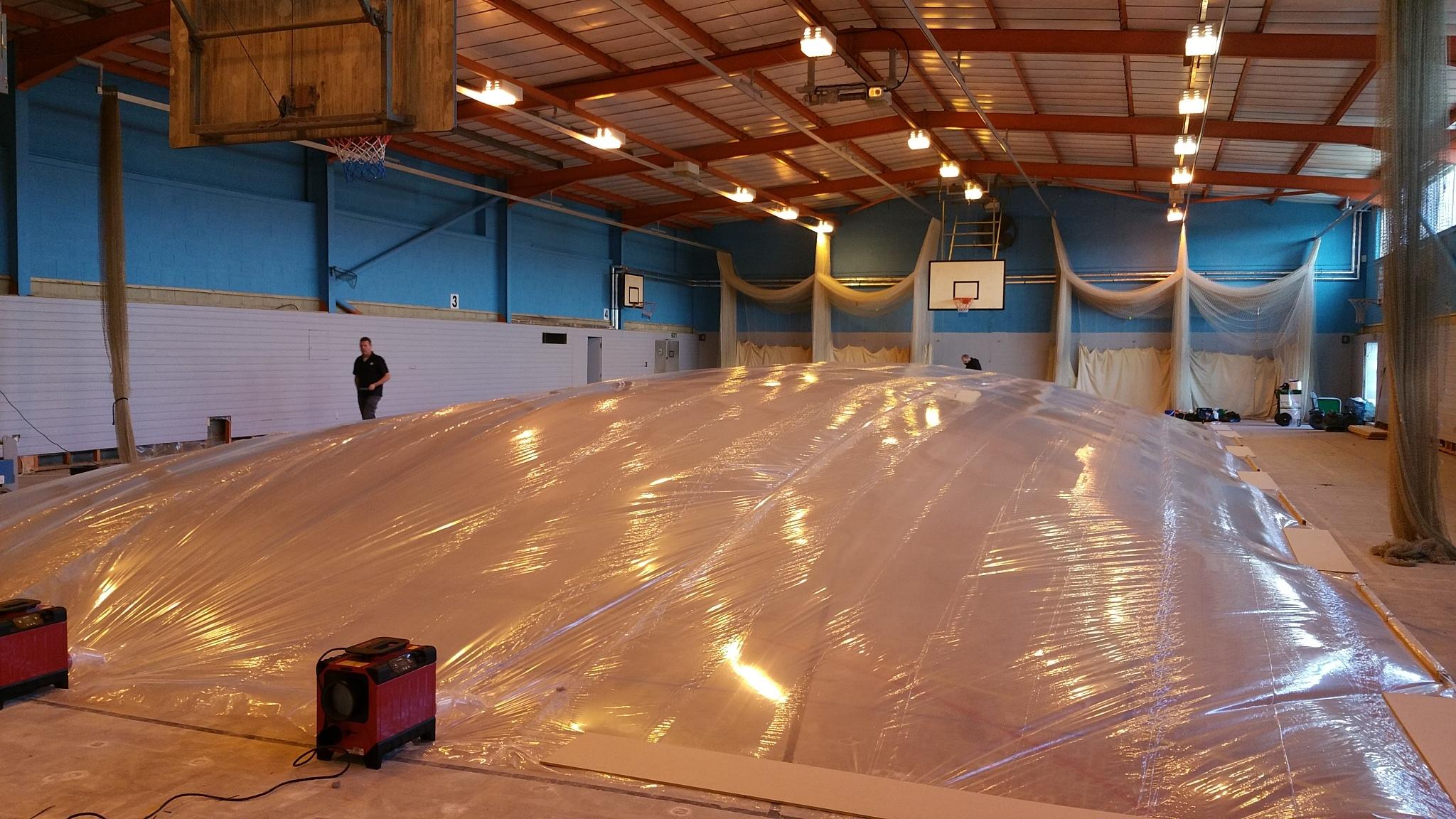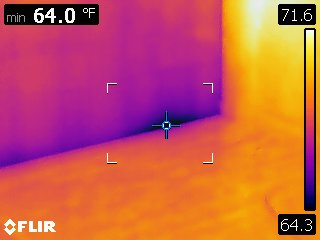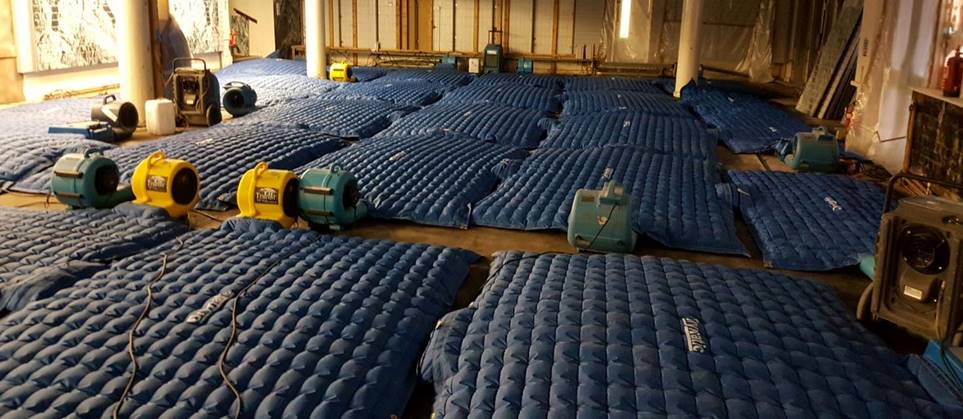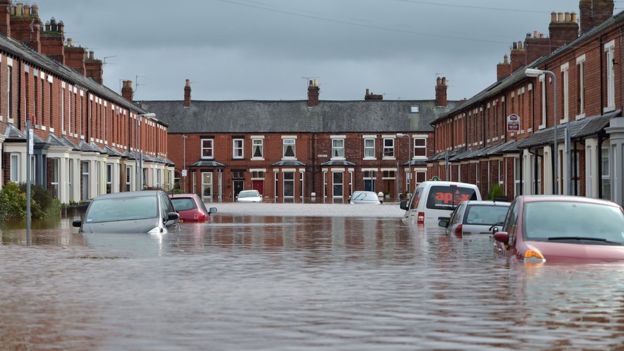Scaling up your drying with heat
As storms, hurricanes and floods become more frequent, the need to restore properties to a pre-loss condition faster and more efficiently will become more and more critical. As average temperatures across the globe have increased, more rain has fallen during the heaviest downpours. Heavy precipitation events, defined as the heaviest 1 percent, now drop 67 percent more precipitation in the Northeast, 31 percent more in the Midwest, and 15 percent more in the Great Plains than they did 50 years ago (UCSUSA.org). In the United Kingdom, we have been hit by storms more frequently than ever before. In December 2015, the North of England was hit by a catastrophic flood event that left thousands of properties severely damaged.
The use of heat (or energy) in restoration is a much debated topic which often stimulates heated debates between proponents and opponents within the industry. Some contractors simply fear the use of heat within restorative drying and this could be attributed to a lack of training, fear of legal action, or simply misconceptions about where it can or cannot be used effectively. On the other hand, a growing number of contractors across the globe are embracing new drying techniques and methodologies with great effect.
Following a major weather event, be it a flood or a storm, the size and complexity of claims can vary massively. A contractor can be presented with a small loss in a domestic environment in the morning and a large-scale commercial loss in the afternoon. It is critical that a contractor is well-equipped to manage this vast array of possibilities and heat drying (or thermal energy systems) provides another tool in the toolbox of all restorative drying professionals.
Maximizing Drying Efficiency
One important point to understand is that everyone dries with heat; perhaps without realizing but everyone does! Water requires a substantial amount of energy (heat) to make the phase change from a liquid to a vapor, and in restoration we measure this energy using BTU’s (British Thermal Units). A single BTU will raise the temperature of a single pint of water by approximately 1°F; to evaporate the same volume of water would take just over 1,000 BTU’s. Now imagine how much energy is required to evaporate the volume of water left behind in the structure following a major weather event.
Modern drying equipment is designed to deliver energy to the wet materials as quickly and efficiently as possible, whilst also recovering as much latent heat as possible and converting it into sensible heat. Techniques such as loop drying, tenting, target drying, and injection drying are all designed to deliver the warm, dry process air directly to the affected materials, minimizing energy consumption and maximizing efficiency.
Imagine trying to heat an entire gymnasium when it is only the water-damaged floor that needs to be dried. The energy required to manage the entire space would be ten-fold. Using simple target drying techniques can reduce the volume of air being managed and, in turn, the size of the equipment, or number of pieces of equipment, can be reduced significantly. During major events, equipment can quickly become a resource in short supply and maximizing the efficiency of that single piece of equipment can be the difference between a contractor accepting 10 jobs or 100 jobs in the same period. Reducing drying times results in faster job turn around, a potential to increase customer base and a stronger reputation for your business.
Competition Drives Innovation
Competition in the restoration industry is greater than ever and this competition is driving further innovation in the industry. Manufacturers are constantly pushing the boundaries of the technology available on the market and contractors are developing more innovative and creative ways to dry. Education is fundamental in this process of continuous improvement and more and more contractors are turning to social media as a way of expanding their knowledge alongside traditional classroom-based sessions.
Today’s contractors are sharing their creativity globally and these often small innovations are contributing to the overall growth of the water damage restoration industry.
The controlled application of heat energy in a restoration environment gives contractors more potential to efficiently evaporate water trapped within a water- damaged material. Historically, there has been a lack of equipment on the market that offered both heat energy to the material itself and also control to ensure that the environmental conditions do not escalate to unsatisfactory levels.
Today’s drying technology now caters to both aspects of the drying process and contractors can now deploy controlled heat within restorative drying projects and avoid any issues relating to secondary damage, over-drying or third party patent infringement (RIA Safe Harbor Agreement).
With the seemingly inevitable rise in CAT events around the world, we can expect damage management technicians, equipment manufacturers and training organizations to continue thinking outside of the box in a bid to reduce drying times, minimize strip-out, and increase job efficiency. These improvements and innovations, large or small, will continue to push the industry forward and raise the bar of the water damage restoration industry.










